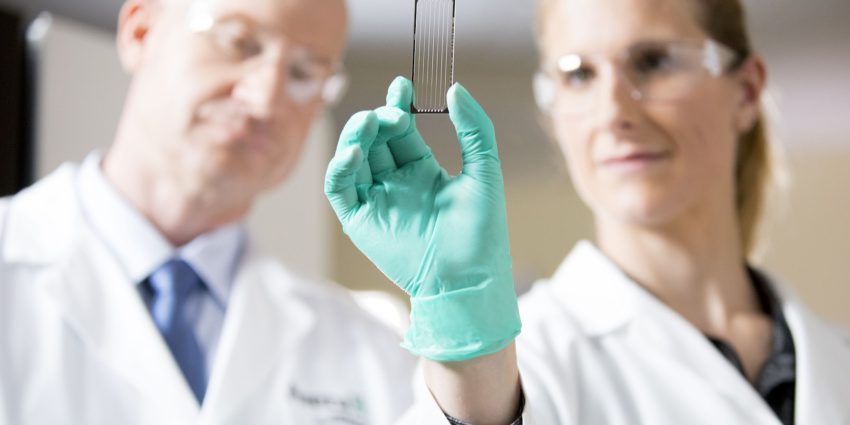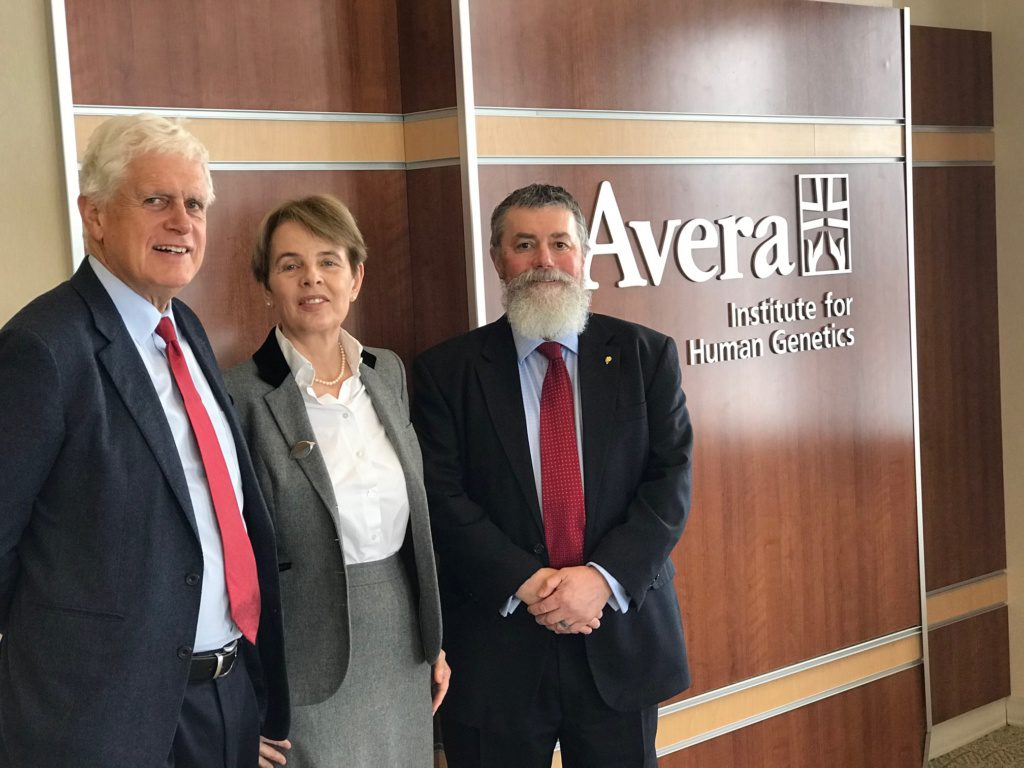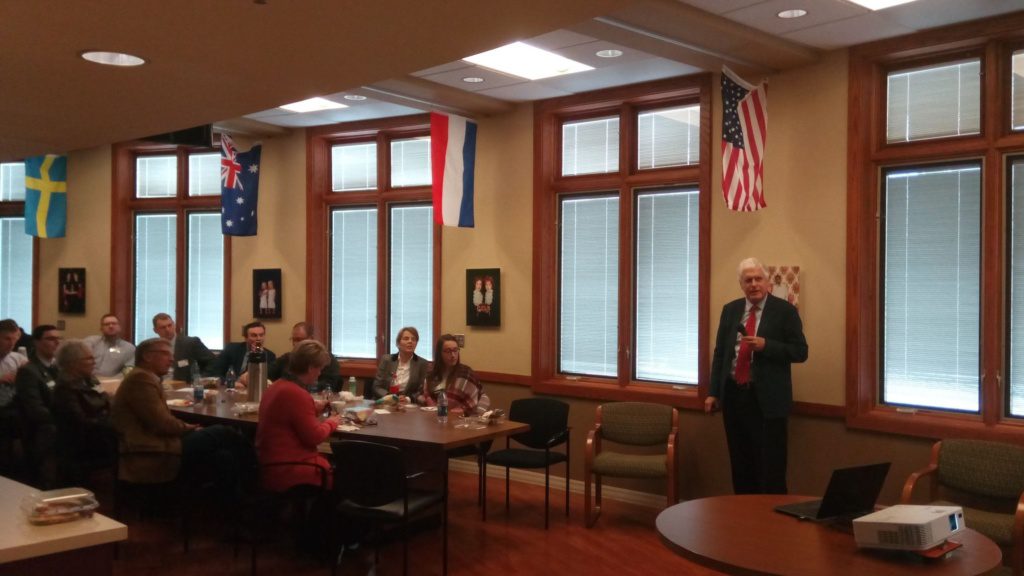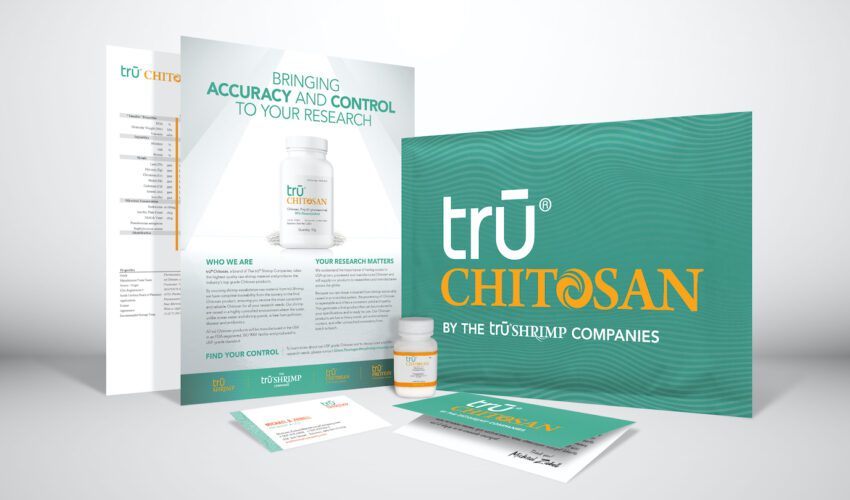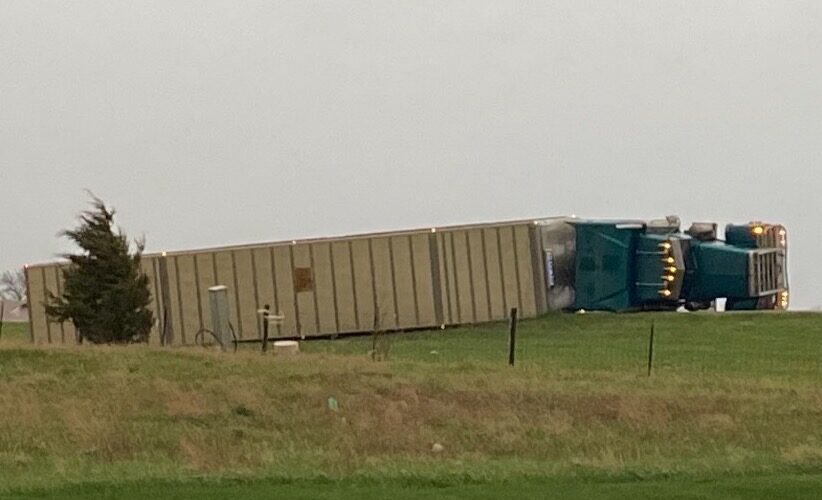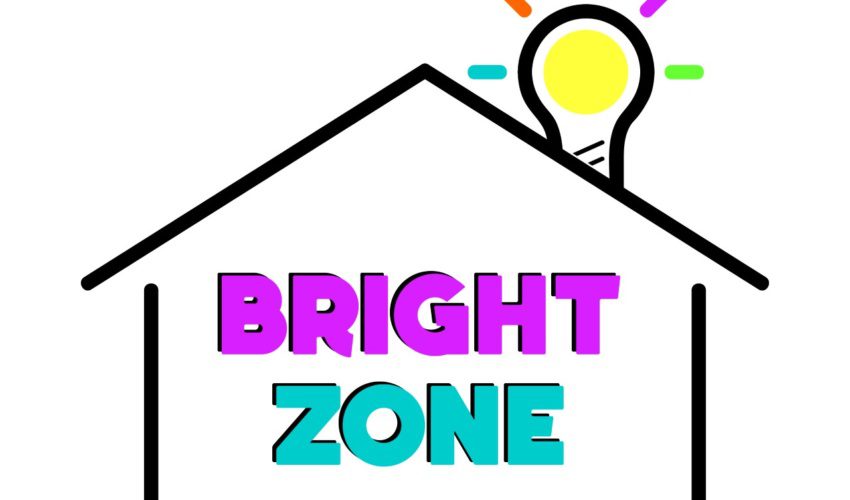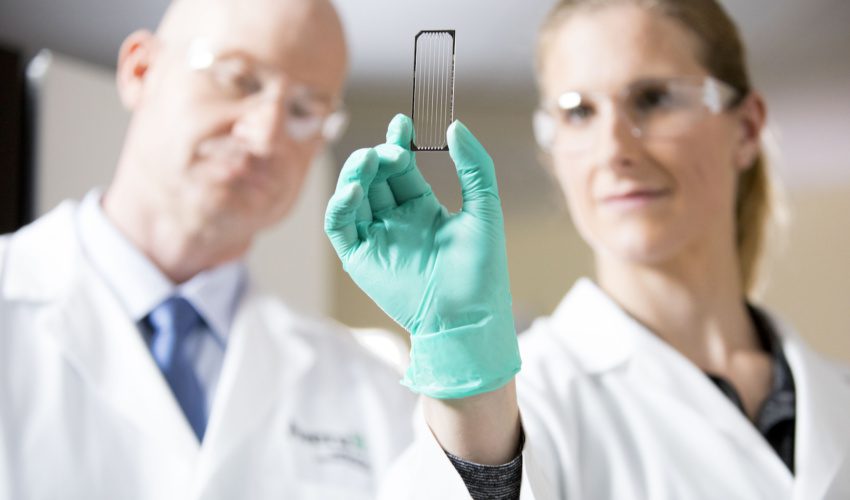Avera’s twins research has worldwide reach
March 11, 2019
This paid piece is sponsored by South Dakota Biotech.
For researchers who want to look at whether a trait or disease is related to genetics, the environment or a combination of the two, there’s no better source to study than twins.
Identical twins share 100 percent of the same DNA, and fraternal twins share 50 percent. They generally also share a similar environment. Studies then can look at how similar twins are in displaying traits or diseases, suggesting how much is influenced by genetics and how much by environment.
To accomplish such studies requires an enormous amount of data.
That makes the Avera Twin Register, part of the Avera Institute for Human Genetics, invaluable. From a Sioux Falls laboratory, researchers have access to DNA from more than 100,000 twins worldwide.
“These days, especially in genetics and complex-disorder genetics, you can’t do anything on your own. You need very large collaborations and partnerships, and we’re fortunate to have them,” said Dr. Gareth Davies, chief scientific officer at the Avera Institute for Human Genetics.
Avera’s relationships around twins research span the globe, beginning in the Netherlands, where Avera became connected with Dr. Dorret Boomsma and her research team at Vrije University.
Boomsma, an internationally recognized leader in the field, agreed to further collaborate with Avera a few years ago. It led to Avera performing all the genotyping for the Netherlands Twins Register, which includes more than 50,000 pairs of twins, and genotyping for additional genetics research.
“I have so many collaborations here,” said Boomsma, who visited Sioux Falls recently to meet with staff and graduate students. “There’s a lot of science always to discuss, in addition to an enormous amount of discussions on which samples to genotype.”
Boomsma and Davies co-supervise Ph.D. students working in the Avera lab through biweekly videoconferencing and a lot of phone calls. Davies also serves as a visiting professor at Vrije University.
“We do lab work and genotyping, and provide expertise in that area, and they provide samples and expertise and analysis, bioinformatics and statistics, and their insights,” Davies said.
The field also extends around the globe, including to Australia, where a register started in 1978 includes 30,000 pairs of twins.
Co-founder Dr. Nick Martin also visited the Avera team recently.
“We have many interests that overlap,” he said. “What’s become clear is the technique only works if you have really huge samples. For instance, we have 170 known genes for schizophrenia, and to study it, we need 40,000 cases and 80,000 controls.”
The Avera register, which also includes 470 twins in the Midwest, shares data with registers such as the one in Australia and collaborates on studies such as one to find more genes for twinning.
“The results of that collaboration have been spectacular,” Martin said. “Our first indications are that we’ve got quite a few more genes.”
The international guests spoke to Avera’s team and provided an invaluable chance for one-on-one interaction, said Ryan Hansen, executive director of the Avera Research Institute.
“It’s great to get them here and show them what we’re doing and give our staff the credit they deserve,” he said. “They produce wonderful data, and it’s nice to get them recognition.”
Inside the lab
Inside the Avera Institute for Human Genetics, data from the twin registers is being used on about 20 projects at any given time.
A colleague in Sweden, for instance, recently asked Avera to look at 10,000 samples to study aging in twins.
“One of the things that makes this partnership so great is that we study conditions or diseases that affect so many people – things like ADHD, depression, anxiety, loneliness – and then there’s cardiovascular disease, obesity, blood pressure, cholesterol. They’re things that affect us all,” Davies said.
“We’re finding not one gene but a group of genes that we can use to inform and educate people that they’re at risk. Research for research’s sake is great but let’s use that information to help people.”
A two-dozen-person team works on Avera-generated research as well as genotyping for studies worldwide. It’s complex research involving multiple genes and how they affect human health.
One study was published in Nature Genetics earlier this year: “Association studies of up to 1.2 million individuals yield new insights into the genetic etiology of tobacco and alcohol use.”
Co-authored by Davies with support from the Avera team, this was the biggest study of its kind, involving 1.2 million individuals, and received national attention. It found hundreds of genetic variants in hundreds of genomic locations that are associated with addictive behaviors and addiction to tobacco and alcohol.
“This study delved into addictive personalities and perhaps can help us understand troubling addictions like opioids,” Davies said.
“One outcome of this study is that we can potentially identify people who carry the gene, informing them of the risks so they can avoid addictive substances/behaviors. This also supports the theory that addiction is hereditary and supports efforts to educate people that addiction is a disease. For example, if you have the genetic predisposition and then your environment exposes you to addiction, you are at greater risk.”
A dual graduate-level program with Vrije University has drawn students from as far as Seattle and Michigan to Sioux Falls.
“And we encourage students who go to college here at local universities to stay here and do Ph.D.’s at a very high level of science without leaving the state,” Davies said. “They don’t realize they can do that level of work and interact with people like Nick and Dorret while staying here in Sioux Falls.”
The opportunity is a strong example of how bioscience is attracting and keeping talent in the state, said Joni Johnson, executive director of South Dakota Biotech.
“This is exactly how we are going to continue growing our bioscience workforce,” she said.
“The Avera Institute for Human Genetics is offering a Ph.D. experience that is extremely valuable, and at the same time, I can’t say enough about how exciting the research is that is being produced. We’re so fortunate to have the twin registry and its collaborations in South Dakota, where the discoveries made are going to directly impact countless individuals.”
New findings related to the twin registries are beginning to be shared.
For example, a recent study combined the power of twin data from several twin registries. Results showed that ADHD is 60 percent to 80 percent genetic and 20 percent to 40 percent environment.
“It’s a really exciting time,” Davies said. “Technology is moving very quickly. Things that were extremely expensive and prohibitive a few years ago are very doable on a large scale. We’re on the cusp of some really exciting things.”
Enough research has been done already that it’s now starting to translate into changes in medical care and prevention.
“We’re at the point now where we can put it in practice and use it effectively,” said Hansen of Avera Research Institute. “It’s always been talked about as the future of medicine, and now it’s here.”
The Avera Twin Register is open to all sets of twins as long as one twin lives in South Dakota, Minnesota, Iowa or Nebraska, as well as other multiples such as triplets. Immediate family members including children, parents, siblings, grandparents, aunts and uncles also can join. It’s free and requires a cheek swab, questionnaire and permission.

